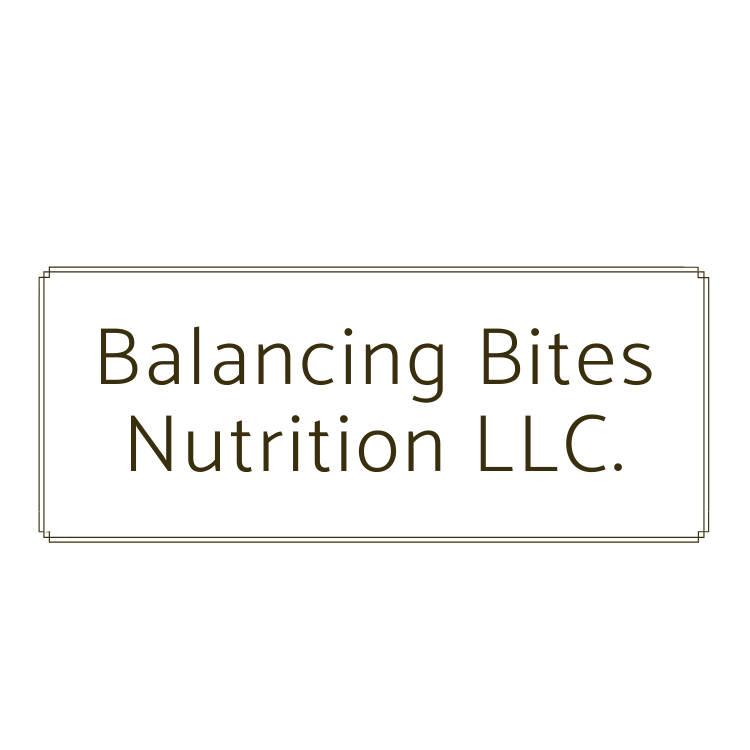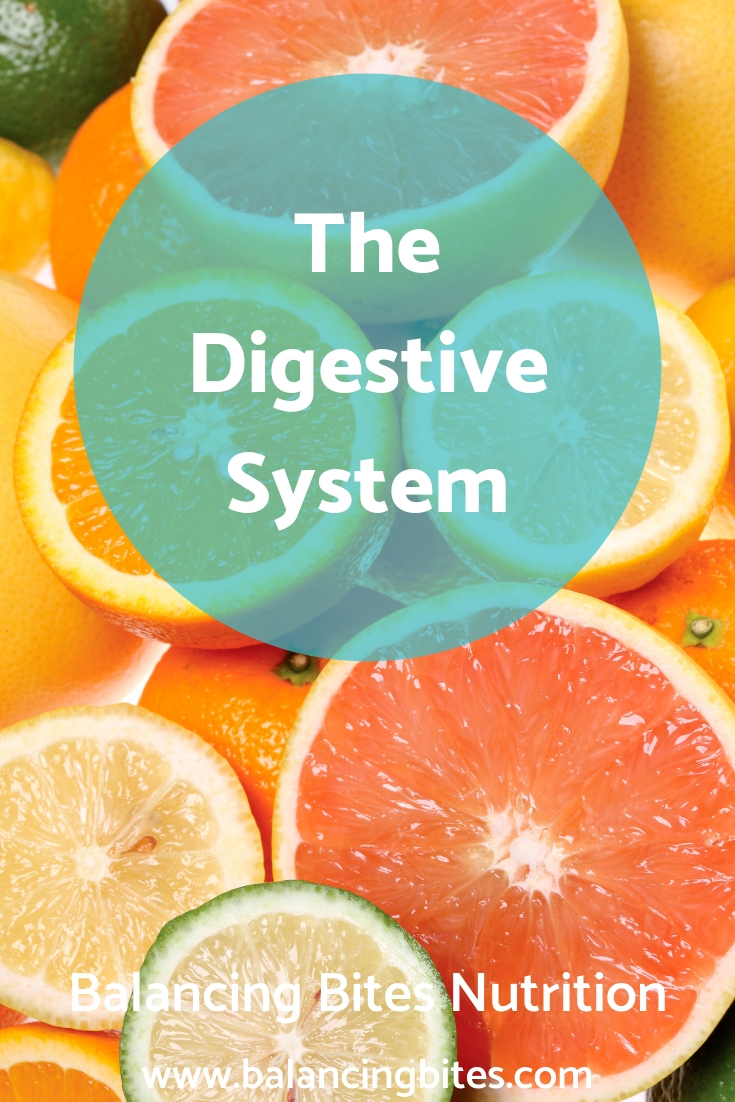The digestive system is a long tube called the alimentary canal. Its main purpose is to get nutrients from foods into cells and to remove waste. As simple as that sounds, people dealing with digestive issues understand that it is anything but simple. There are many reasons why the digestive tract doesn’t work as it should for people suffering with digestive issues, but before we can discuss those reasons, it’s important to understand the basics of the digestive system.
The Digestive System
Mouth
The digestion process begins in the mouth when the salivary glands starts to produce saliva. Saliva contains a digestive enzyme, amylase, that starts the chemical breakdown of food. As you begin to chew, you are mechanically breaking down the food. The tongue manipulates the food and creates a bolus to prepare for swallowing. When the bolus is swallowed, it leaves the mouth and enters the pharynx.
Pharynx and Esophagus
The bolus enters the pharynx then travels down into the esophagus. The esophagus is a large tube that opens into the stomach. Small muscular contractions and relaxations called peristalsis moves the food down the esophagus toward the stomach.
Stomach
Once the food enters the stomach, the stomach continues to breakdown the bolus through both mechanical and chemical methods. The mechanical method is by peristalsis similar to the esophagus.
The chemical method is through gastric juices that contain digestive enzymes pepsin and rennin, hydrochloric acid, and mucous. After the food is broken down it enters the small intestines.
Small Intestines
The small intestine is the longest section of the digest system and is made up of the duodenum, jejunum, and ileum.
The small intestine continues to break down food. This is where the majority of the nutrients are absorbed into the blood stream. The liver and pancreas also participates in the chemical break down of the food. The liver releases bile and the pancreas releases pancreatic juices and enzymes. The pancreas also releases insulin into the blood stream. Insulin regulates blood glucose levels. After the nutrients are broken down and absorb in the small intestine, what is left moves into the large intestine.
Large Intestine
The main sections of the large intestine are the ascending colon, transverse colon, descending colon, and sigmoid colon. The large intestine absorbs whatever nutrients are remaining and water. This is how feces is formed. It then passes out of the body through the rectum and anus.
How to Improve Digestion
Since digestion begins in the mouth, the easiest way to improve digestion is by chewing your foods thoroughly. Foods should be in a liquid or puree state before swallowing. Another way to improve your digestion is to drink plenty of water. Water helps with the digestion process and does not interfere or dilute gastric juice. It also prevents constipation, which is reason enough to drink plenty of water.
Next week, I’ll post a more in depth post on how to improve digestion.












